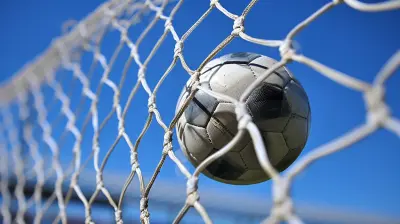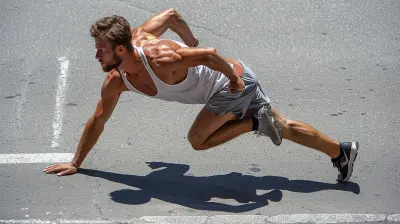Yoga for Swimmers: Enhancing Breath Control and Flexibility
2 May 2025
Swimming is an art that demands more than just speed and endurance—it requires exceptional breath control and flexibility. While traditional swim training focuses on technique, strength, and stamina, yoga can be a game-changer. If you're a swimmer looking to maximize performance, improve lung capacity, and stay injury-free, incorporating yoga into your routine might be the missing piece.
In this guide, we’ll dive into how yoga can enhance your breath control and flexibility, breaking down the best practices and poses tailored specifically for swimmers.
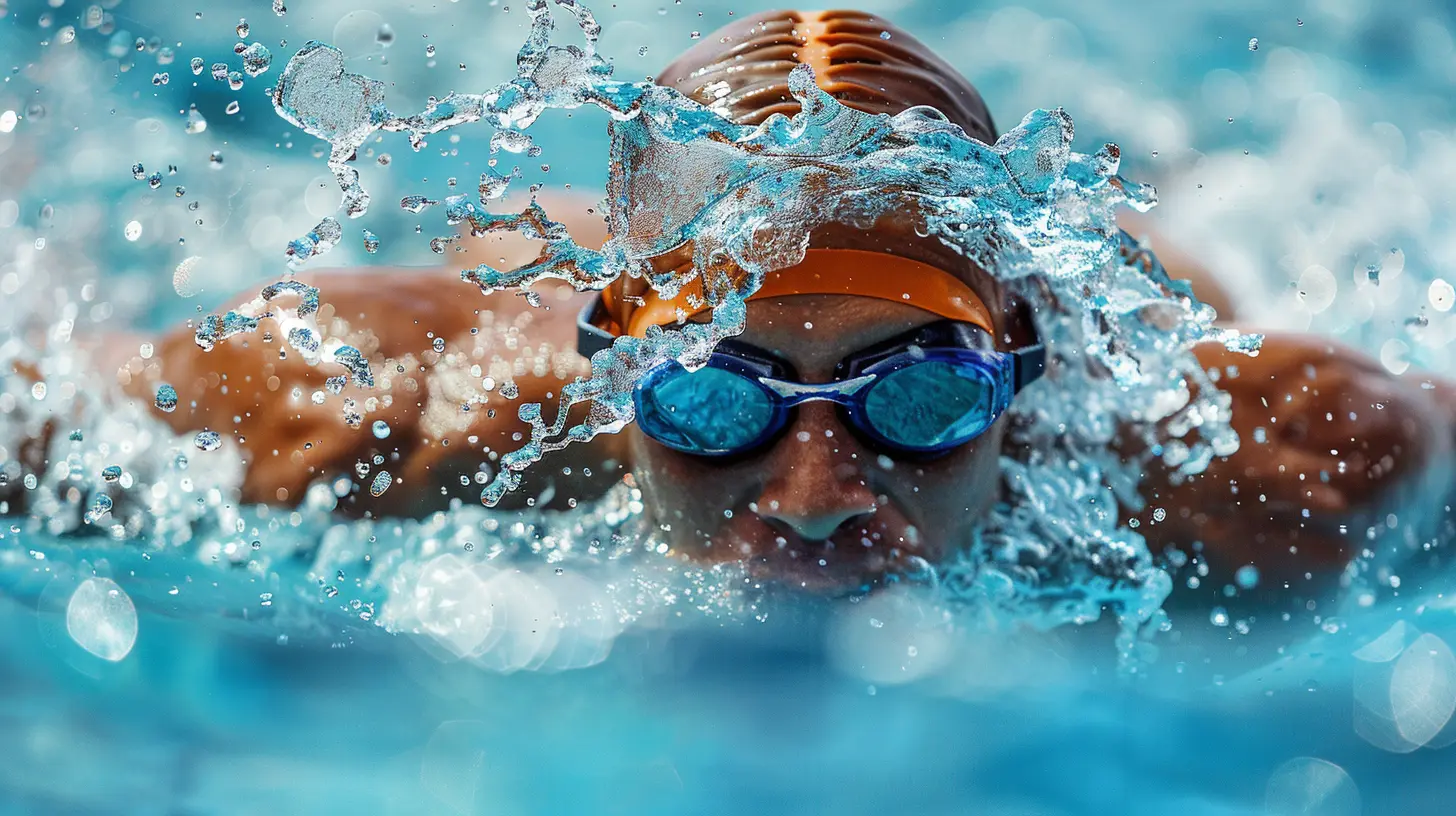
Why Yoga is Essential for Swimmers
Swimming engages nearly every muscle in the body, but it also places immense strain on key areas like the shoulders, hips, and lower back. Without proper flexibility, swimmers can suffer from stiffness, reduced mobility, and even long-term injuries.Yoga offers:
- Improved breath control – Helping swimmers manage their lung capacity and efficiency.
- Increased flexibility – Enhancing range of motion and reducing stiffness.
- Better core strength – Essential for maintaining balance and stability in the water.
- Injury prevention – By loosening tight muscles and improving joint mobility.
- Mental focus – Boosting concentration and overall body awareness.
Now, let’s break down how yoga specifically targets breath control and flexibility.
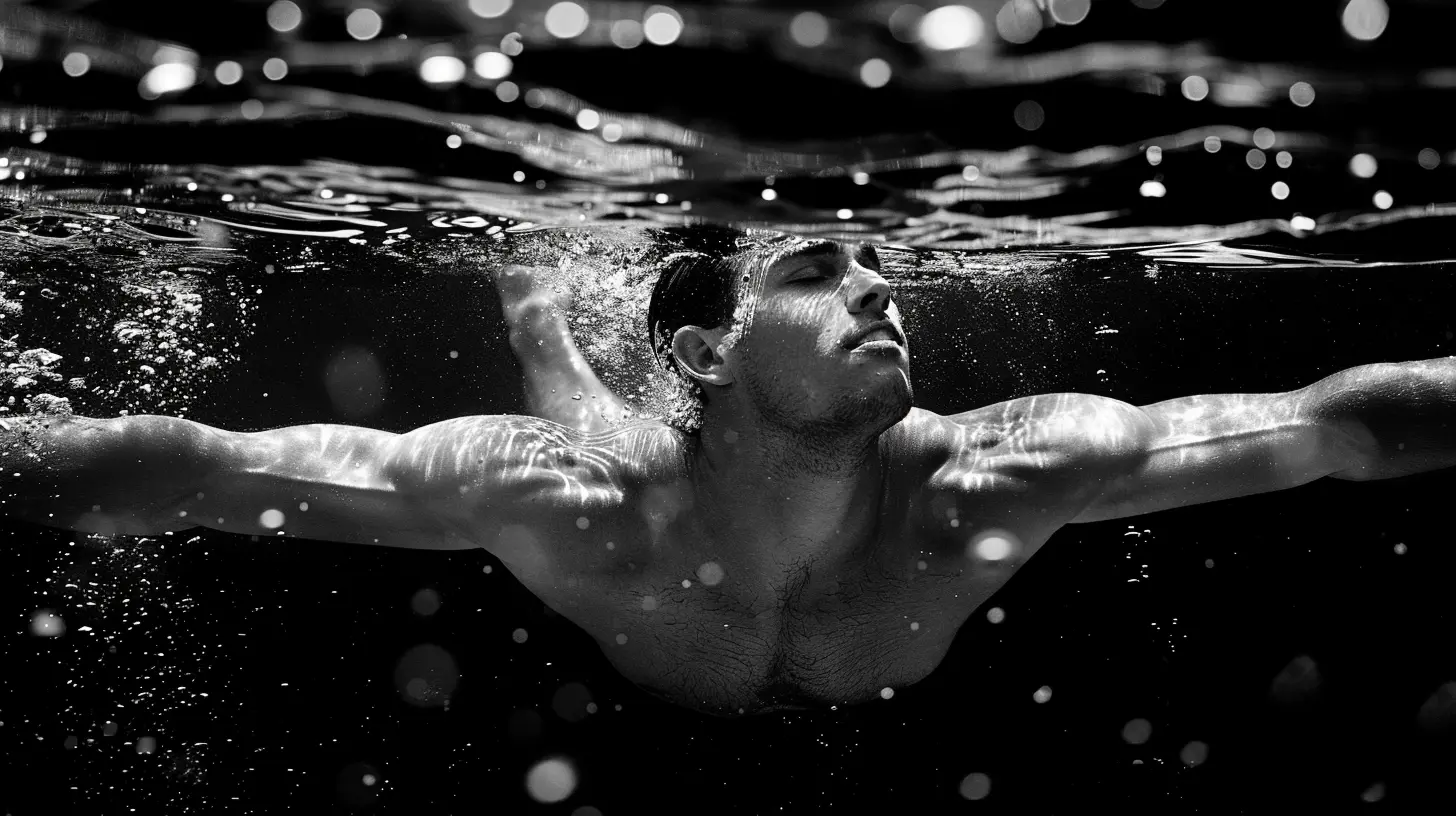
Enhancing Breath Control with Yoga
Breathing is the foundation of swimming. A weak breath-holding ability or shallow breathing can sabotage your performance. Yoga exercises, particularly pranayama (breath control techniques), can refine how you manage oxygen while swimming.1. Diaphragmatic Breathing
Also known as belly breathing, this technique strengthens your diaphragm and improves lung efficiency. Here’s how to do it:- Sit comfortably or lie on your back.
- Place one hand on your chest and the other on your belly.
- Inhale deeply through your nose, expanding your belly while keeping the chest still.
- Exhale slowly, feeling your belly deflate.
- Repeat for 5–10 minutes daily.
By practicing this regularly, swimmers can develop better oxygen control, minimizing early fatigue in the pool.
2. Alternate Nostril Breathing (Nadi Shodhana)
This yogic breathing technique balances oxygen intake, calms the nervous system, and improves lung capacity.- Sit in a comfortable position with a straight spine.
- Close your right nostril with your thumb and inhale through your left nostril.
- Close your left nostril with your ring finger, release the right nostril, and exhale.
- Inhale through the right nostril, close it, release the left nostril, and exhale.
- Repeat for 5 minutes.
This technique not only enhances breath efficiency but also calms pre-race anxiety.
3. Kapalabhati (Skull-Shining Breath)
Kapalabhati is a powerful breathing method that strengthens lung capacity and enhances focus.- Sit with a straight spine and take a deep inhale.
- Exhale forcefully through the nose while pulling your belly inward.
- Let inhalation happen naturally, focusing on rapid exhalations.
- Do this for 30–60 seconds.
This breathwork is excellent for boosting stamina and improving overall breath control during swimming sessions.
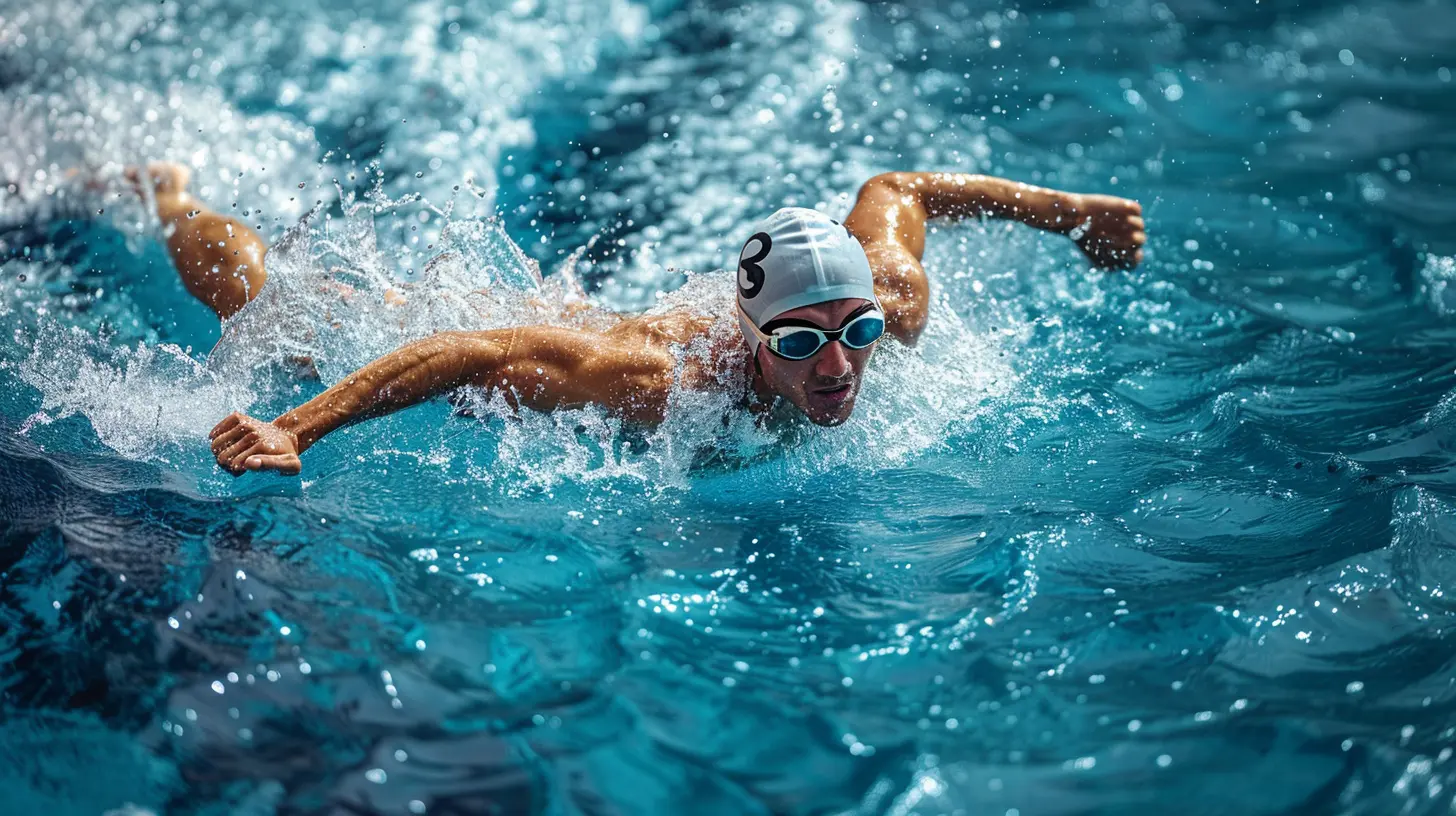
Increasing Flexibility for Swimmers
Flexibility allows swimmers to move efficiently through the water with minimal resistance. Yoga helps by lengthening muscles, improving joint mobility, and preventing stiffness. Here are the best yoga poses for swimmers:1. Downward Facing Dog (Adho Mukha Svanasana)
This pose stretches the shoulders, hamstrings, and spine—key areas that swimmers heavily rely on.- Start in a plank position.
- Lift your hips towards the ceiling, keeping your hands and feet on the ground.
- Press your heels towards the floor and extend your arms fully.
- Hold for 30 seconds to 1 minute.
Downward Dog promotes shoulder flexibility, preventing stiffness that can reduce stroke efficiency.
2. Cobra Pose (Bhujangasana)
Back flexibility is crucial for swimmers, especially for butterfly and freestyle strokes. Cobra Pose strengthens the spine and enhances upper body flexibility.- Lie on your stomach with hands under your shoulders.
- Press into your palms and lift your chest while keeping your lower body grounded.
- Hold for 20–30 seconds, then release.
This pose improves spinal mobility and reduces lower back strain from repetitive swimming motions.
3. Pigeon Pose (Eka Pada Rajakapotasana)
Hip flexibility is often overlooked, yet it's vital for kicks and turns. Pigeon Pose helps loosen tight hip flexors and glutes.- Sit with one leg bent in front, the other extended straight behind.
- Square your hips and fold forward gently.
- Hold for 30 seconds to 1 minute per side.
Swimmers who incorporate this pose experience smoother, more powerful leg movements in the water.
4. Shoulder Stretch (Gomukhasana Arms)
Shoulder strength and flexibility are non-negotiable for swimmers. This stretch ensures optimal mobility.- Raise your right arm up and bend the elbow to reach down your back.
- Bring your left arm behind your back and try to clasp your hands together.
- Hold for 20–30 seconds on each side.
This pose keeps your shoulders loose and prevents common injuries like rotator cuff strain.
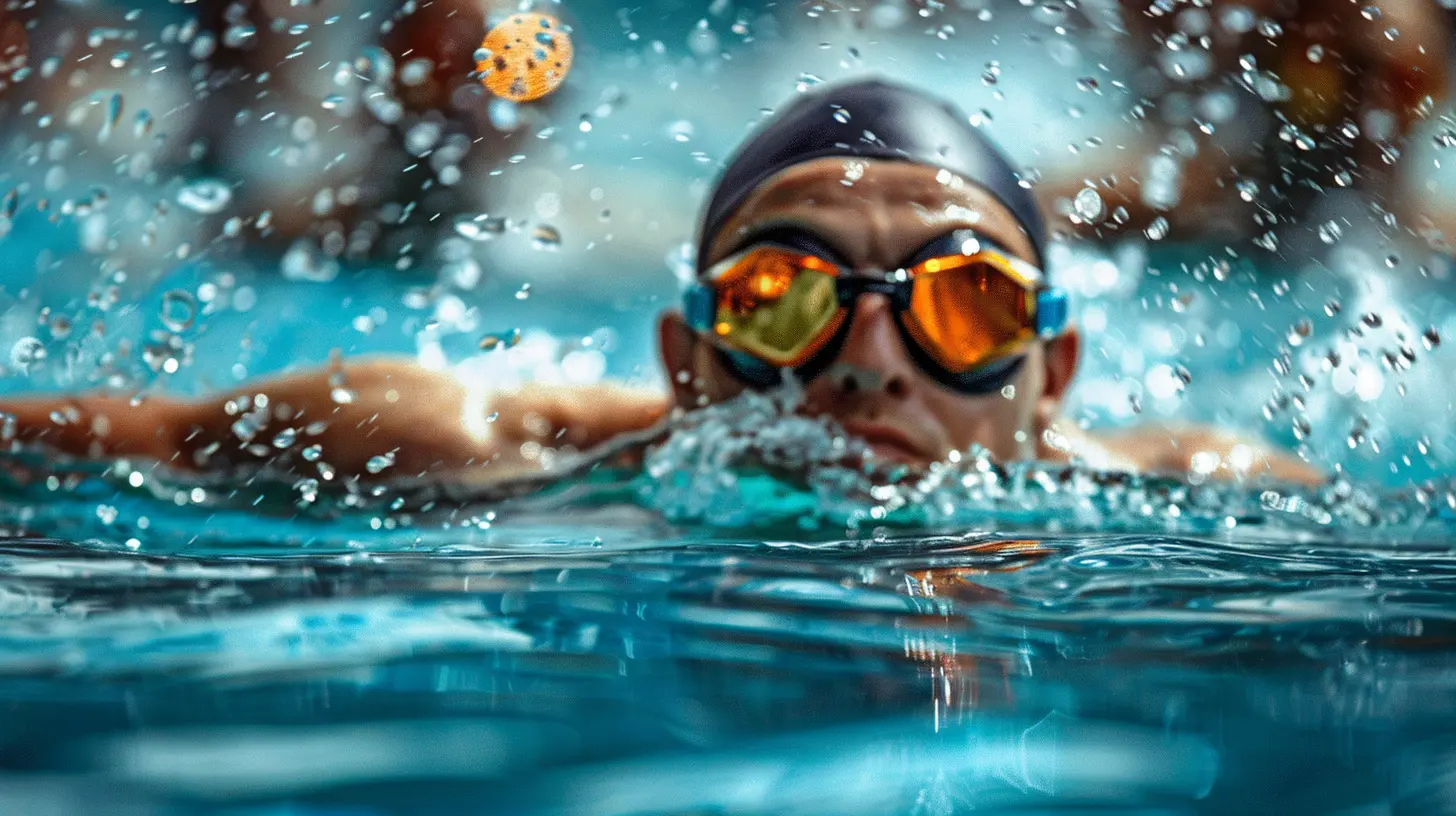
How to Incorporate Yoga into Your Swim Training
Consistency is key when adding yoga to your routine. Here’s how to integrate it without disrupting your swim schedule:- Before swimming – Use gentle stretches like Cobra Pose and Shoulder Stretch to warm up.
- After swimming – Perform deeper stretches like Pigeon Pose to release tension.
- On rest days – Dedicate 20–30 minutes to yoga, focusing on breath control and flexibility.
- Pre-competition – Use alternate nostril breathing and Kapalabhati to boost mental clarity and lung capacity.
A balanced approach combining yoga with swimming will drastically improve your efficiency, fluidity, and endurance in the water.
Final Thoughts
Yoga isn't just for yogis—it’s a secret weapon for swimmers aiming for peak performance. Whether you're struggling with breath control, battling stiffness, or seeking better recovery, yoga has something to offer. By practicing the right poses and breathing techniques, you can enhance your flexibility, improve lung capacity, and swim with greater ease.Give it a try, and you'll notice the difference next time you hit the water!
all images in this post were generated using AI tools
Category:
YogaAuthor:

Nelson Bryant
Discussion
rate this article
5 comments
Raleigh Henson
Swim faster, stretch harder! Yoga isn’t just for pretzel-pose enthusiasts—it's the secret sauce for dominating the pool. Dive in!
May 13, 2025 at 10:33 AM

Nelson Bryant
Absolutely! Yoga enhances flexibility and breath control, making it a powerful tool for swimmers. Dive in and discover the benefits!
Cynthia McVicker
Great insights! Yoga truly enhances swimmers' breath control and flexibility.
May 10, 2025 at 3:39 AM

Nelson Bryant
Thank you! I'm glad you found the insights valuable. Yoga indeed plays a vital role in improving both breath control and flexibility for swimmers.
Camden McClendon
Great insights! Yoga truly complements swimming beautifully.
May 6, 2025 at 2:36 AM

Nelson Bryant
Thank you! I'm glad you enjoyed the article and see the connection between yoga and swimming.
Leslie Gibson
Who knew the secret to swimming faster was downward dog? Let’s hope the only thing I’m gasping for after yoga is a post-class smoothie, not air!
May 5, 2025 at 7:10 PM

Nelson Bryant
Absolutely! Yoga not only enhances breath control and flexibility but also helps swimmers find their rhythm in the water. Enjoy that smoothie!
Nina Hurst
Great insights! Yoga truly boosts performance.
May 2, 2025 at 12:12 PM

Nelson Bryant
Thank you! I'm glad you found the insights helpful. Yoga can indeed make a significant difference for swimmers!

